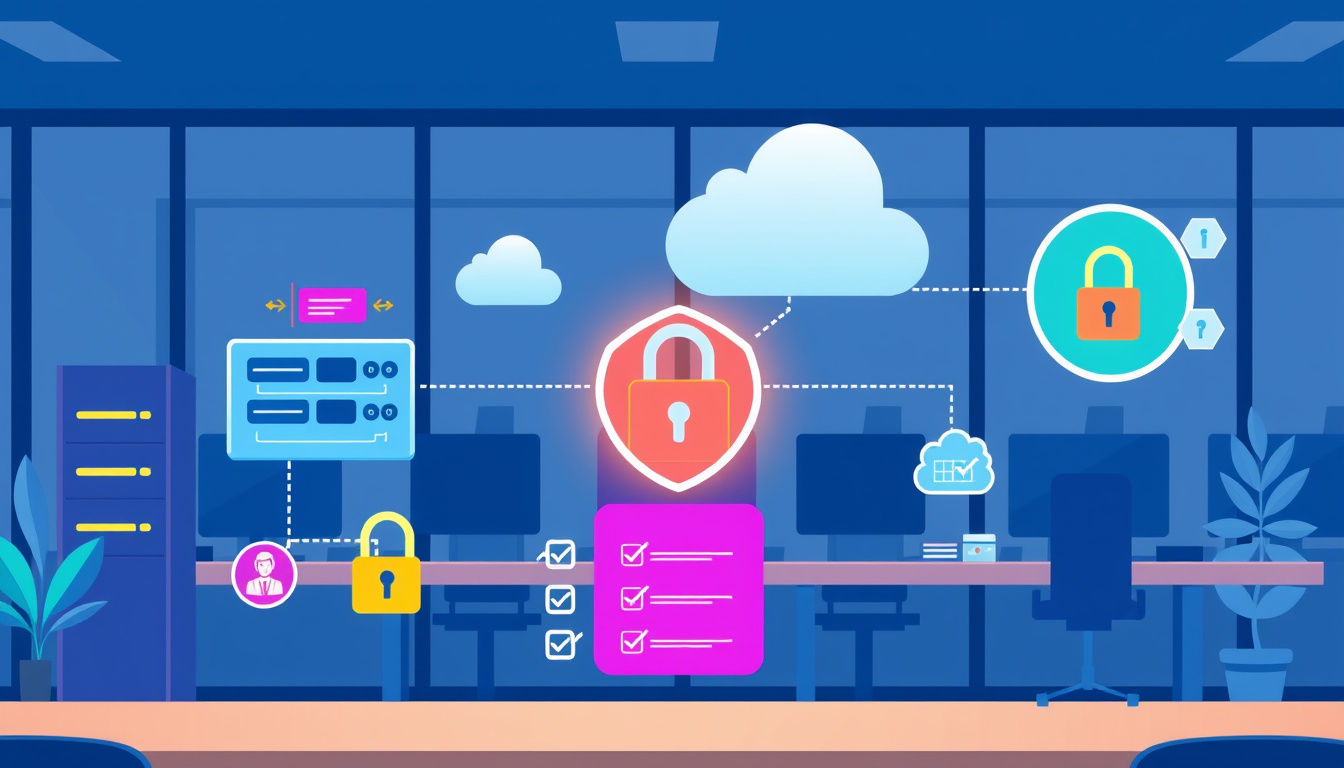In an ever-digital world, safeguarding your data is a necessity rather than a choice. Whether it’s for personal use or enterprise-level operations, creating a reliable backup configuration is essential to protect against data loss due to hardware failures, malware attacks, or unintentional deletions. This guide will walk you through the best practices and steps needed to establish effective backup solutions across various platforms.
Understanding Backup Configurations
A backup configuration is a detailed plan that describes how data will be secured and the method by which it will be restored when needed. This includes selecting what data to back up, how often to perform backups, and where to store the backup files. These configurations can vary significantly based on the operating systems or platforms in use.
Step 1: Identify What Needs to Be Backed Up
The first step toward creating a robust backup configuration is to identify what data is critical for you or your organization. Generally, this includes:
- Documents and Files: Personal files, work documents, and media files.
- System Settings: Operating system configurations, user settings, network settings, and installed applications.
- Databases: For businesses, backing up databases is often critical.
- Virtual Machines (VMs): Backup configurations for virtualized environments can include complete states of VMs in VMware or Hyper-V.
Step 2: Choose the Right Backup Solution

The choice of a backup solution should suit your specific use cases. Here are some popular options:
-
Windows Backup: For Windows users, the built-in Windows Backup tool allows easy backup of files, folders, and settings directly to OneDrive or an external drive. It offers customization in what to back up, helping you ensure that your essential files are safe.
-
Veeam Backup & Replication: Ideal for enterprises using virtual environments, Veeam provides extensive capabilities for backing up and restoring VMware and Hyper-V VMs. It allows for configuration backups, which can be scheduled, encrypted, and made immutable.
-
Third-Party Solutions: Options like Acronis, Backblaze, and Carbonite offer various features such as cloud integration, encryption, and automation.
Step 3: Create a Backup Schedule
Deciding how frequently backups should occur is crucial. Here are some considerations:
-
Real-Time Backups: Useful for data that changes frequently. This can include cloud backups that sync in real time.
-
Daily, Weekly, or Monthly Backups: A traditional approach that might suit personal users or less dynamic data environments. It’s essential to consider the criticality of data when determining frequency.
Setting reminders and automating the process can prevent lapses in regular backups.
Step 4: Implement Backup Storage Solutions
The storage choice for backups significantly affects their reliability and accessibility. Consider the following options:
-
Local Storage: External hard drives or network-attached storage (NAS) can provide quick access but are vulnerable to local disasters like fires or floods.
-
Cloud Storage: Solutions like Google Drive, OneDrive, or dedicated services such as AWS and Azure provide off-site backups, protecting against localized data loss.
-
Hybrid Solutions: Using both local and cloud storage can provide redundancy and improve recovery scenarios.
Step 5: Ensure Security and Compliance
Depending on your data sensitivity, adopting security measures is vital. This may involve:
-
Encryption: Ensure that backups are encrypted, especially if using cloud storage. This protects data against unauthorized access.
-
Immutable Backups: Some solutions, like Veeam, offer immutable backups which cannot be altered or deleted, protecting against ransomware attacks.
Step 6: Regularly Test Backup and Restore Processes
A backup is only as reliable as its ability to restore the data when needed. Regularly testing the backup and restore process helps ensure everything works as intended, and it provides peace of mind. Consider:
- Run mock restores of critical files or databases on a regular basis.
- Validate the integrity of the backup files.
Conclusion
Creating a reliable backup configuration is a critical component of any data protection strategy. By understanding the types of backups available, choosing effective solutions, scheduling regular backups, securing your data, and testing recovery processes, you can ensure your data remains safe and recoverable when needed. As technology evolves, remain informed about the best practices and improvements in backup solutions to enhance your data security paradigm continually.



